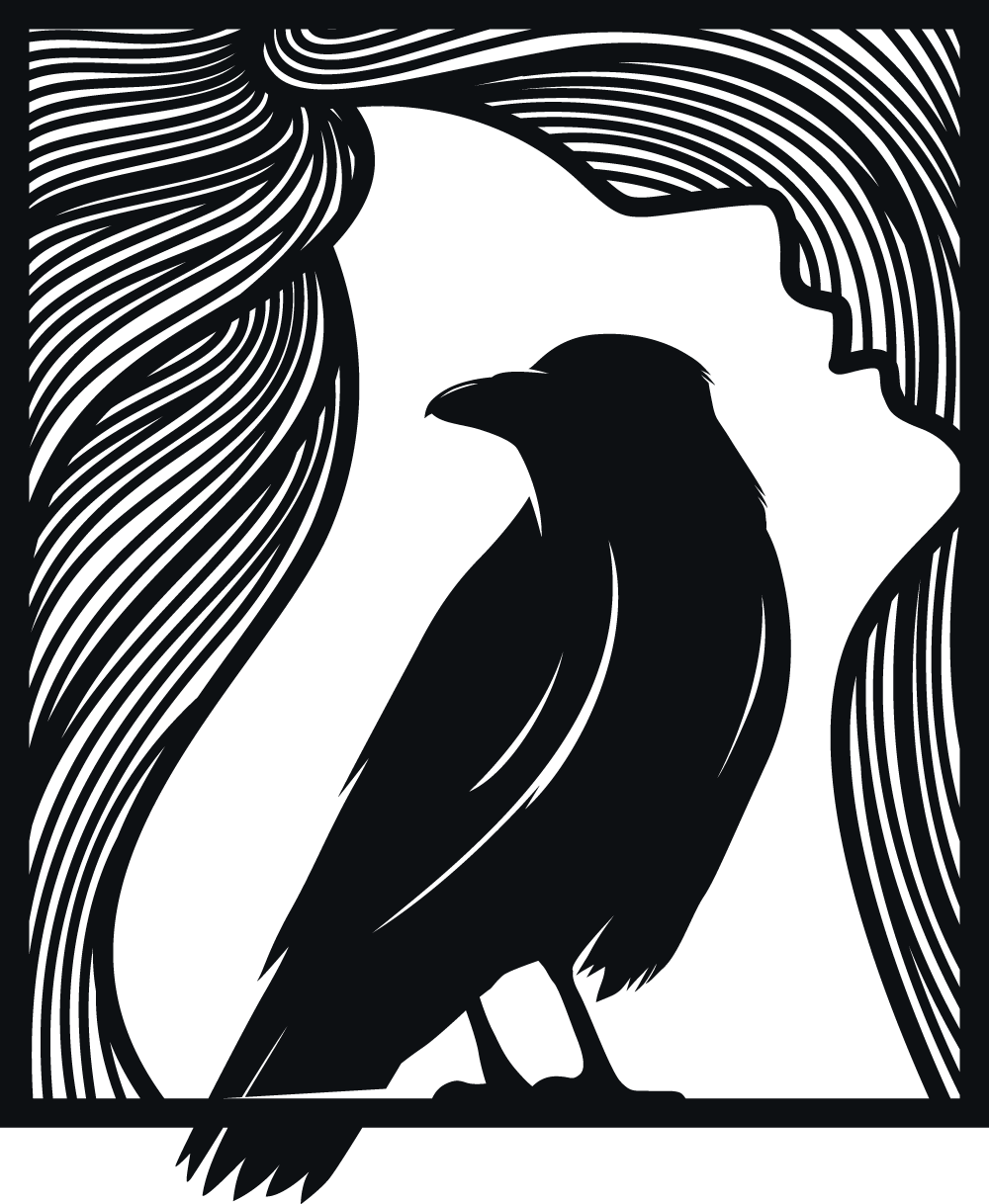
During the Midsummer ritual at Het Kruidenrijk, I invoked Hekate, the goddess of crossroads, magic, and the flame, drawing on her ancient role as a guardian and guide. The invocation I used highlighted her connection to both the light of the sun and the deeper, transformative aspects of magic. Here's how I called upon her:
Welcome, Hekate, goddess of the crossroads, bearer of the flame.
Celebrate with us today the festival of the sun.
Warm us with your eternal fire,
Protect us with your strength, guide us with your power.
Grant fertility to our land!
Bring your magic into this circle!
Be welcome in our midst.
Hekate in Paganism and Witchcraft:
In paganism, Hekate holds a multifaceted role, particularly in witchcraft. She is known as a goddess of magic, liminal spaces, and transformation. As the goddess of crossroads, Hekate represents the power of choice, transition, and the moments between worlds—whether literal crossroads, life changes, or mystical thresholds between the seen and unseen realms.
In modern witchcraft, Hekate is often revered for her deep connection to magic and the occult. She is associated with witches and sorcery, guiding practitioners in their workings, particularly those related to protection, transformation, and banishing negative forces.
Hekate's Role at Midsummer:
The invocation during Midsummer brings out Hekate’s aspect as a bringer of fertility and abundance, aligning her with the sun's power and the harvest to come. Though often linked to the darker aspects of life, Hekate also brings protection and warmth, using her eternal flame to shield and guide those who honor her. At this time of year, her presence is not only about transitions but also about nurturing life, ensuring fertility and prosperity for the land and the community.
Hekate Deipnon:
In contrast to her vibrant role during Midsummer, Hekate Deipnon is a devotional ritual performed during the dark moon, a time for reflection and offering. Rather than working with her magic, the Deipnon is a time for devotion and purification. Offerings are given to Hekate at crossroads, symbolizing her role, without asking for anything in return. It’s a time to reflect on the past month, clear away negativity, and make offerings to honor her, while preparing for the new lunar cycle.
Hekate as a Maiden:
Contrary to the common portrayal of Hekate as a crone, I see her as a maiden form—young, vibrant, and full of power. In ancient myths, she is often depicted as a l goddess who possesses immense strength and autonomy, which makes her especially relevant to witches and practitioners seeking to harness their own inner power and independence. For me, she is not the old hag as often portrayed but rather a force of youthful energy, guiding magic and life transitions in a way that reflects the full cycle of birth, life, and death.
Hekate in Witchcraft Today:
Modern witches invoke Hekate for a wide range of purposes—protection, spells for the home, and guidance in the mysteries of magic. She is also called upon in divination, especially at crossroads, as well as for protection rituals and in exploring the shadow self. Her symbols—the keys, torches, and crossroads—are central to many rituals. Keys symbolize her role as a guardian of mysteries and gateways, while torches represent her ability to light the way in darkness, both literally and metaphorically.
In conclusion, Hekate’s role in modern paganism, particularly in witchcraft, is vast and deeply rooted in both ancient tradition and contemporary practice. She is a goddess of magic, transformation, and the power of choice, capable of bringing both protection and empowerment to those who honor her. My experience with Hekate, especially through rituals like Midsummer and the Hekate Deipnon, shows her ability to guide through both light and darkness, always connected to the mysteries of life, death, and the magical realms.

